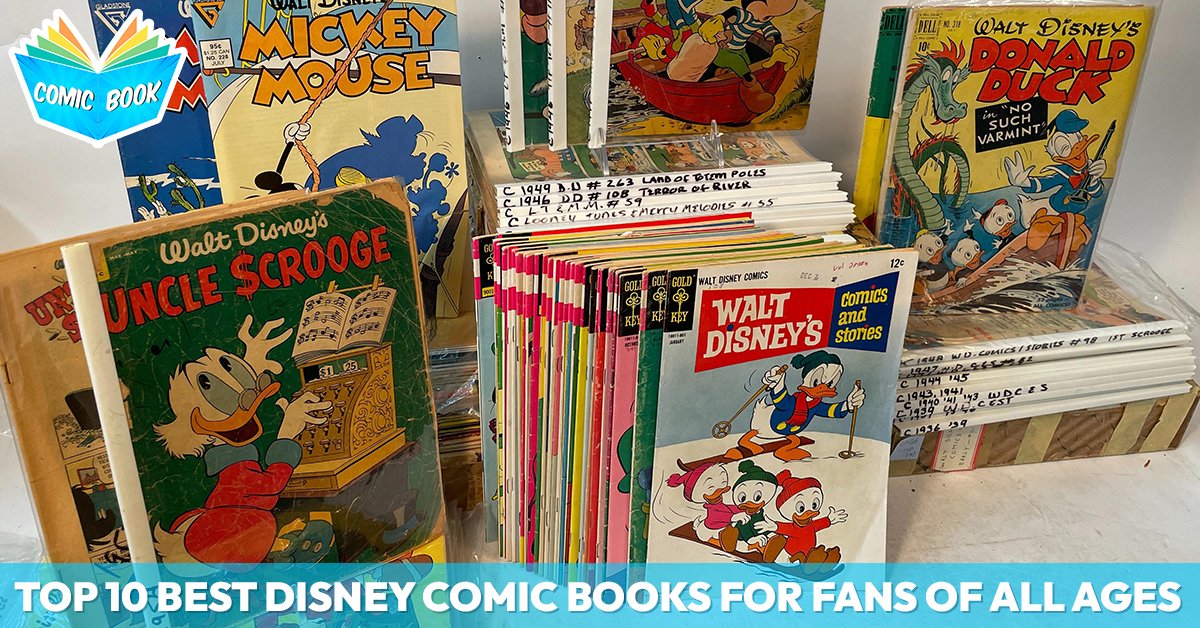Definition of a Comic Book
A comic book is a publication that combines sequential art and text to tell a story. Typically, comic books are composed of panels that depict individual scenes, often accompanied by dialogue, narration, and sound effects to create an immersive reading experience.
Overview of Comic Book Popularity
Comic books have been a beloved form of entertainment for decades, captivating readers with their unique blend of storytelling and art. From superhero epics to indie graphic novels, comic books appeal to diverse audiences and have become a significant cultural phenomenon.
Purpose of the Article
This article delves into the elements that make a comic book great. We will explore the importance of engaging storylines, memorable characters, visual appeal, effective writing, themes, world-building, pacing, emotional impact, cultural relevance, innovation, marketing, and fan engagement.
Engaging Storylines
Importance of a Strong Plot
A compelling plot is the backbone of any great comic book. It provides structure and direction, guiding readers through the narrative. A strong plot keeps readers invested, eager to see how the story unfolds.
Balancing Action and Dialogue
A well-balanced comic book seamlessly integrates action sequences with meaningful dialogue. This balance ensures that the story is dynamic and fast-paced, yet also allows for character development and plot progression.
Incorporating Twists and Turns
Unexpected twists and turns keep readers on their toes, adding excitement and suspense to the story. A great comic book often surprises its audience, making the reading experience more thrilling and memorable.
Memorable Characters
Heroic Protagonists
Heroic protagonists are central to many comic books. They embody virtues like bravery, integrity, and resilience, inspiring readers and driving the narrative forward.
Complex Villains
Equally important are the villains. A complex villain adds depth to the story, presenting challenges that the protagonist must overcome. The best villains are multi-dimensional, with motivations that readers can understand, even if they don’t agree with them.
Supporting Cast and Character Development
A rich supporting cast enhances the story by providing additional perspectives and interactions. Character development is crucial; well-developed characters grow and evolve, making the story more engaging and relatable.
Visual Appeal
Role of Artwork in Comics
The artwork is a defining feature of comic books. It brings the story to life, conveying emotions, actions, and settings visually. High-quality artwork enhances the storytelling and captivates the reader’s attention.
Importance of Color and Style
Color and style are vital in setting the tone and mood of a comic book. Whether it’s the bright, bold colors of a superhero comic or the muted tones of a noir graphic novel, color schemes and artistic styles play a key role in creating the book’s atmosphere.
Effective Panel Layouts
The layout of panels influences the flow and readability of the comic. Effective panel design guides the reader’s eye naturally through the story, ensuring clarity and enhancing the overall reading experience.
Dialogue and Writing
Crafting Effective Dialogue
Effective dialogue is concise, impactful, and character-specific. It should advance the plot, reveal character traits, and create natural interactions that resonate with readers.
Balancing Text and Images
A great comic book finds the perfect balance between text and images. Overloading a page with text can detract from the visual storytelling, while too few words might leave the narrative unclear.
Creating Memorable Catchphrases
Catchphrases and memorable lines can leave a lasting impression. Iconic phrases from characters can become synonymous with their identity, adding to the comic’s appeal and legacy.
Themes and Messages
Common Themes in Comic Books
Common themes in comic books include good versus evil, justice, heroism, identity, and resilience. These universal themes resonate with readers and provide deeper layers of meaning.
Addressing Social Issues
Many comic books tackle social issues such as inequality, environmental concerns, and mental health. Addressing these topics can make the story more relevant and thought-provoking.
Inspirational and Relatable Messages
Messages of hope, perseverance, and self-discovery inspire readers. When these messages are relatable, they can significantly impact readers’ lives and how they view the world.
World-Building
Creating Immersive Universes
Immersive world-building is crucial for drawing readers into the comic’s universe. Detailed settings, unique cultures, and well-defined rules make the story world believable and engaging.
Consistency in Setting and Details
Consistency in the setting and attention to detail help maintain the reader’s suspension of disbelief. This consistency ensures that the story’s world feels real and cohesive.
Expanding Lore and Background Stories
Expanding the lore and background stories of characters and settings adds depth. Prequels, side stories, and spin-offs can enrich the main narrative and satisfy readers’ curiosity.
Pacing and Flow
Maintaining Reader Interest
Proper pacing keeps readers engaged from start to finish. A mix of intense action scenes, slower character-driven moments, and cliffhangers can maintain a compelling rhythm.
Transitioning Between Scenes
Smooth transitions between scenes are essential for readability. Clear visual cues and logical narrative progression help guide readers through the story without confusion.
Managing the Rhythm of the Story
The rhythm of the story should match its emotional beats. High-stakes moments should be balanced with quieter scenes to give readers a chance to absorb the story’s impact.
Emotional Impact
Creating Emotional Connections
Building emotional connections with characters and the storyline enhances reader investment. When readers care about the characters, their victories and losses become more meaningful.
Building Tension and Release
Effective storytelling builds tension and provides release at strategic points. This dynamic keeps readers on edge, eagerly anticipating the next development.
Crafting Impactful Climaxes
A well-crafted climax delivers a powerful emotional punch. It is the culmination of the story’s buildup, providing a satisfying payoff for the reader.
Cultural Relevance
Reflecting Current Events and Trends
Incorporating current events and trends can make a comic book feel timely and relevant. It allows readers to see reflections of their own world within the story.
Diverse Representation
Diverse representation in comic books helps to reach a wider audience. Characters of different backgrounds, ethnicities, and orientations reflect the real world and promote inclusivity.
Appealing to a Global Audience
Great comic books often transcend cultural boundaries. Universal themes and relatable characters can attract readers from different parts of the world.
Innovation and Creativity
Breaking Traditional Norms
Innovative comic books often break traditional norms, experimenting with new storytelling techniques, art styles, or formats. This creativity can set a comic apart from the rest.
Experimenting with Art Styles
Unique art styles can make a comic book visually distinctive. Experimenting with different artistic approaches can enhance the narrative and engage readers.
Pushing Narrative Boundaries
Pushing the boundaries of traditional storytelling allows for fresh and exciting narratives. This innovation keeps the medium evolving and attracts new readers.
Marketing and Accessibility
Effective Marketing Strategies
Effective marketing strategies are crucial for a comic book’s success. Engaging trailers, social media promotions, and collaborations can increase visibility and reach.
Role of Awards and Reviews
Awards and positive reviews add credibility and attract new readers. Recognitions such as the Eisner Awards highlight exceptional works in the comic book industry.
Availability in Stores and Online
Accessibility in both physical stores and online platforms ensures that more readers can find and purchase the comic. Digital editions and subscription services broaden the reach.
Fan Engagement
Building a Loyal Fanbase
A loyal fanbase can sustain a comic book’s popularity over time. Engaging with fans through social media, conventions, and fan clubs builds a strong community.
Interactive Media and Merchandise
Interactive media, such as video games and animated adaptations, expand the comic book’s universe. Merchandise like action figures and apparel further engage fans.
Importance of Fan Feedback
Listening to fan feedback helps creators understand their audience’s preferences. This feedback can guide future storylines and character development.
Conclusion
A great comic book is defined by engaging storylines, memorable characters, visual appeal, effective writing, meaningful themes, immersive world-building, proper pacing, emotional impact, cultural relevance, innovation, marketing strategies, and fan engagement.
Frequently Asked Questions
Some of the best comic books of all time include classics like “Watchmen” by Alan Moore and Dave Gibbons, “Maus” by Art Spiegelman, and “The Dark Knight Returns” by Frank Miller. These works are celebrated for their storytelling, art, and impact on the medium.
Aspiring writers and artists can create their own comic books by starting with a solid story idea, developing memorable characters, and honing their art style. Collaborating with others, seeking feedback, and studying successful comics can also help in the creation process.
The artwork in comic books stands out due to its ability to convey emotions, actions, and settings vividly. Unique styles, vibrant colors, and effective panel layouts enhance the visual storytelling, making the comic engaging and memorable.



